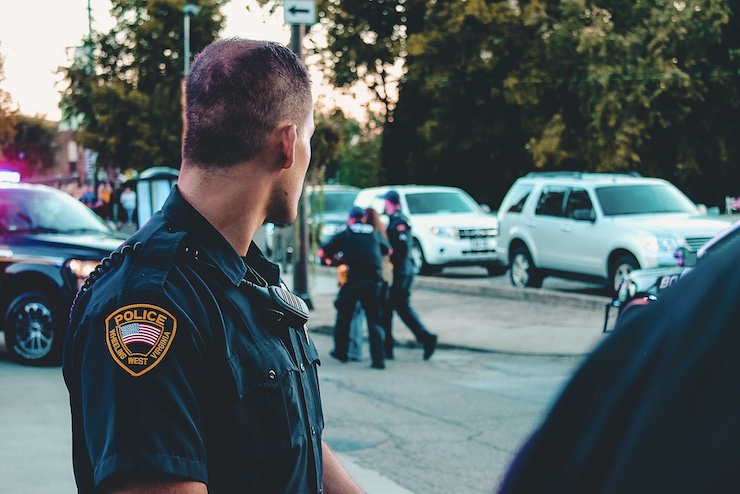
A growing number of law enforcement agencies have begun using unmanned aerial vehicles (UAVs) for mass surveillance, crime investigation, search and rescue operations, locating stolen goods, and surveying land and infrastructure. As of 2019, about 350 law enforcement agencies in 43 U.S. states were using UAVs to assist officers in the field. But that number of drones had exploded to nearly 1,200 police agencies by early 2022 – a phenomenal 300% increase.
How often are police using their drones? One of the few studies that exists, mandated by the State of Minnesota, found that 93 law enforcement agencies from across the state had deployed drones 1,171 times in 2020, an average of three times a day, with an accumulative price tag of almost $1 million. At less than $1,000 per flight, modest drone use would seem to be well worth the investment.
But the report also revealed something else: Police drones were generally being used (almost 50% of the time) for training purposes, not in actual law enforcement. Only a third of the drone flights were related to post-disaster management or search and rescue operations, typically the main police justification for their use. And despite growing concern about the need to counter domestic terrorism, no single drone was deployed for this purpose.
But drones had been deployed a half a dozen times to prepare for and monitor public protests, an issue of growing concern to civil libertarians. The New York Times reported that law enforcement had used drones to monitor peaceful demonstrations by Black Lives Matter members and their supporters in a total of 15 US cities in 2020, including Kenosha, MN, where the police murder of George Floyd had fueled civic protests nationwide. The MN state report raised a few eyebrows but also suggested that police were not regularly surveilling legitimate public protest and infringing on citizen free speech and freedom of assembly rights.
When police do use drones for their intended purpose, the evidence suggests that they are highly effective “auxiliaries.” In one highly-publicized case back in 2017, Virginia police used a drone equipped with thermal imaging to locate a suspect hiding in the woods. Other drone flights have rescued missing hikers, including persons suffering from dementia or hypothermia. In 2017, about a quarter of the 65 drone flights used for search and rescue operations nationwide involved the use of thermal imaging.
The extraordinary search-and-rescue potential of drones is currently on display in the Ukraine, where the nation’s armed forces are receiving training to deploy aerial vehicles in a wide range of civilian and military missions. One US company, BRINC Drones, is training Ukraine pilots to use drones for reconnaissance missions. Civilian authorities are also being trained to use drones and thermal imaging to identify collapsing buildings or to defuse potential hostage situations.
As with forms of military and police weaponry, Ukraine may well become a testing ground for new drone technologies. BRINC drones in the Ukraine can break through glass, use two-way audio and operate in the dark – the only drones in the world with these combined capabilities, experts say.
Could armed drones also assist law enforcement? Restrictions in civilian settings are still widespread. For example, North Dakota is the only US state that has legalized police use of armed drones, and few other states seem ready to follow suit. However, as drones continue to prove themselves, these and other controversial adaptations – including equipping drones with facial recognition technology that could allow local police to identify and surveil criminal suspects – may be only a matter of time.
|